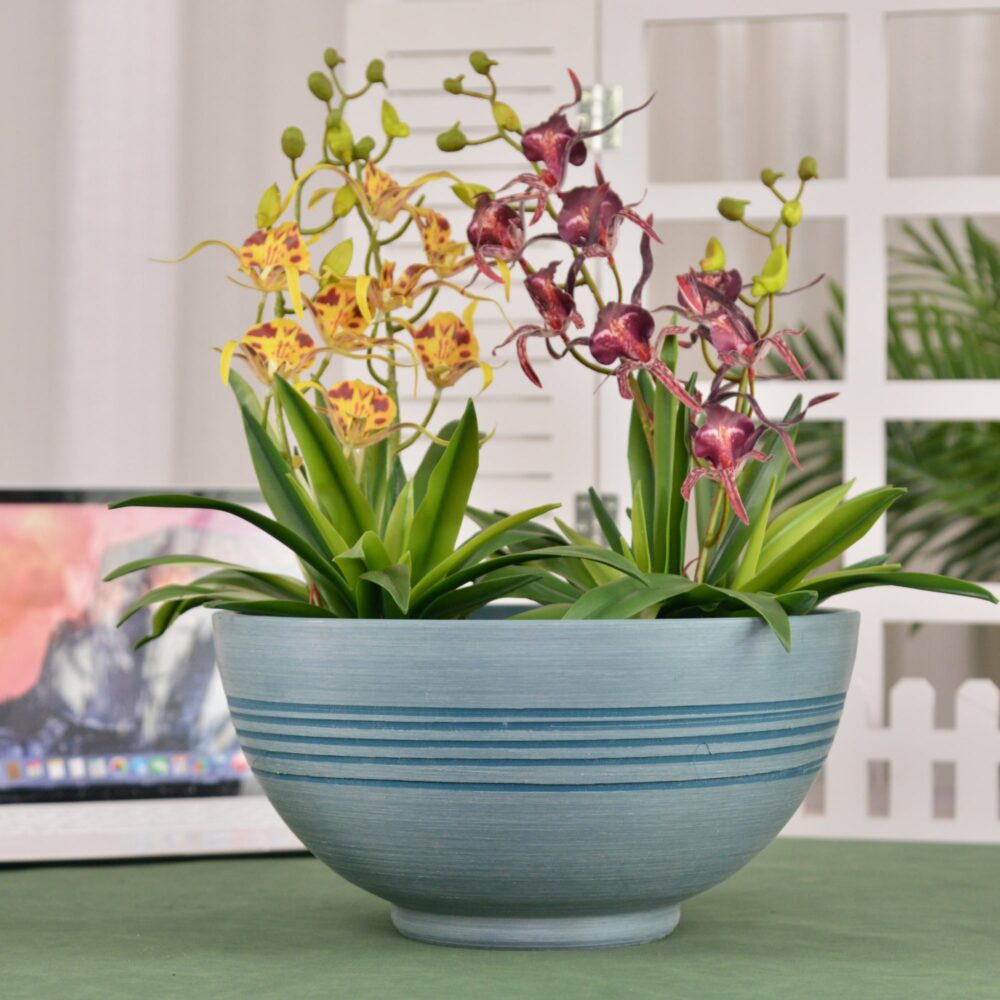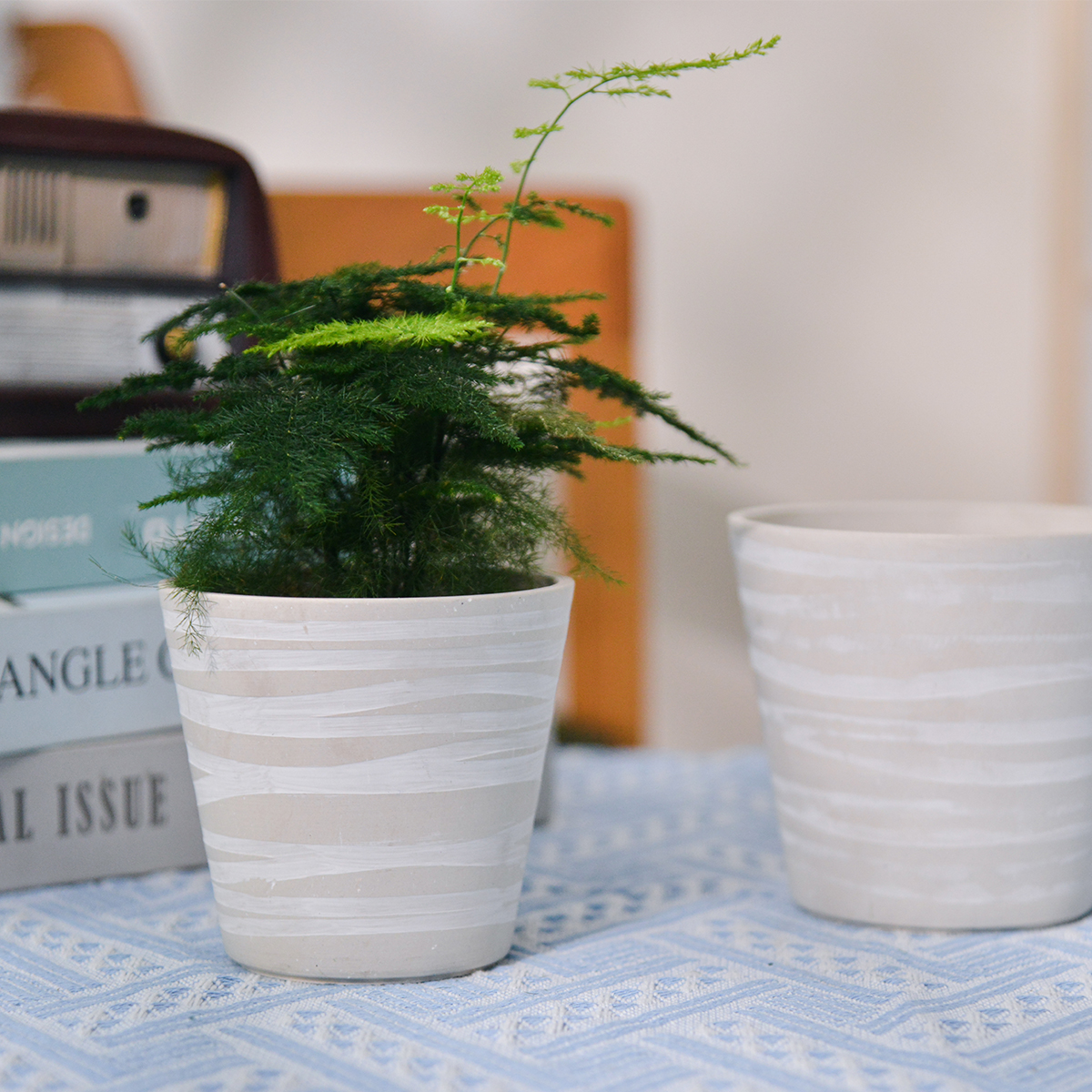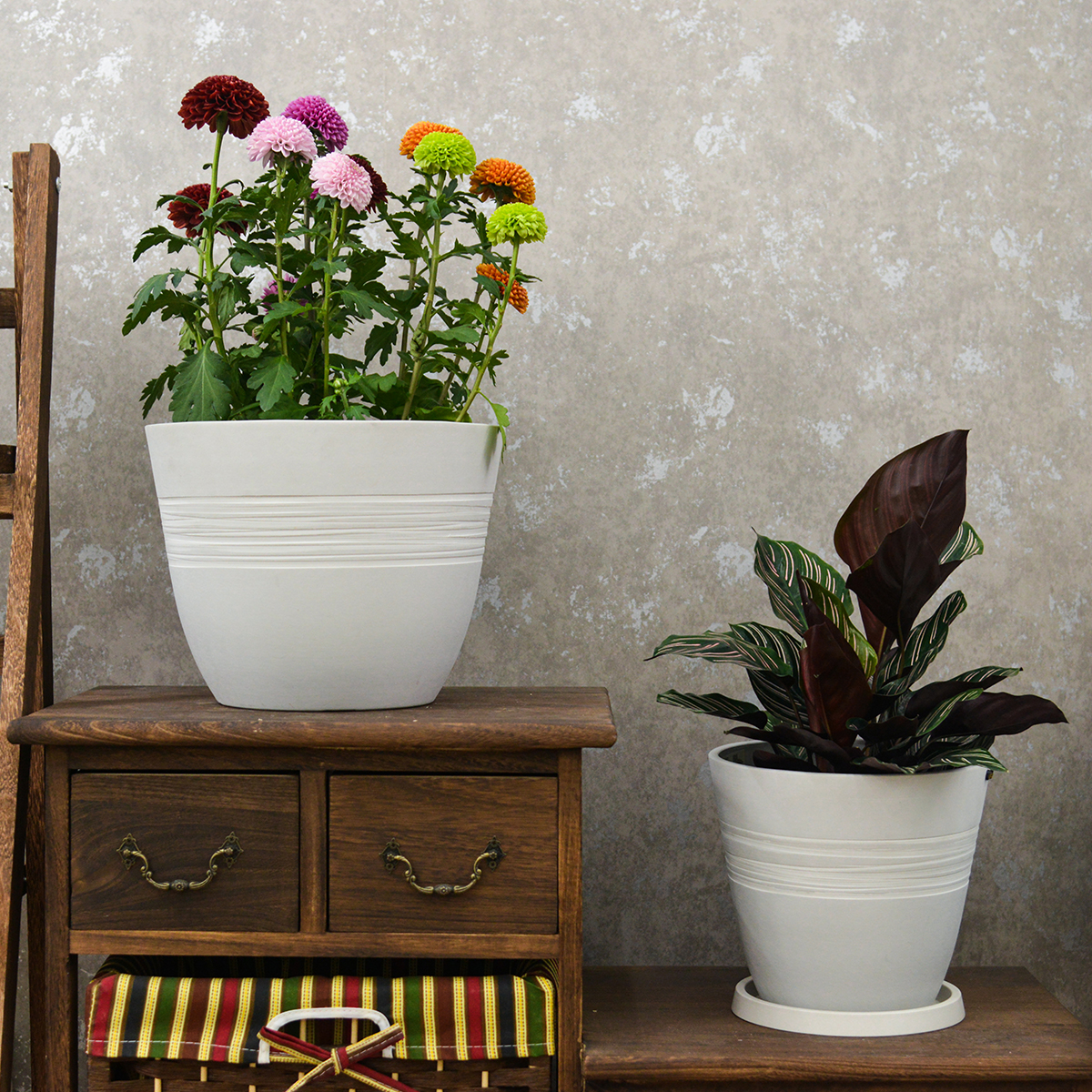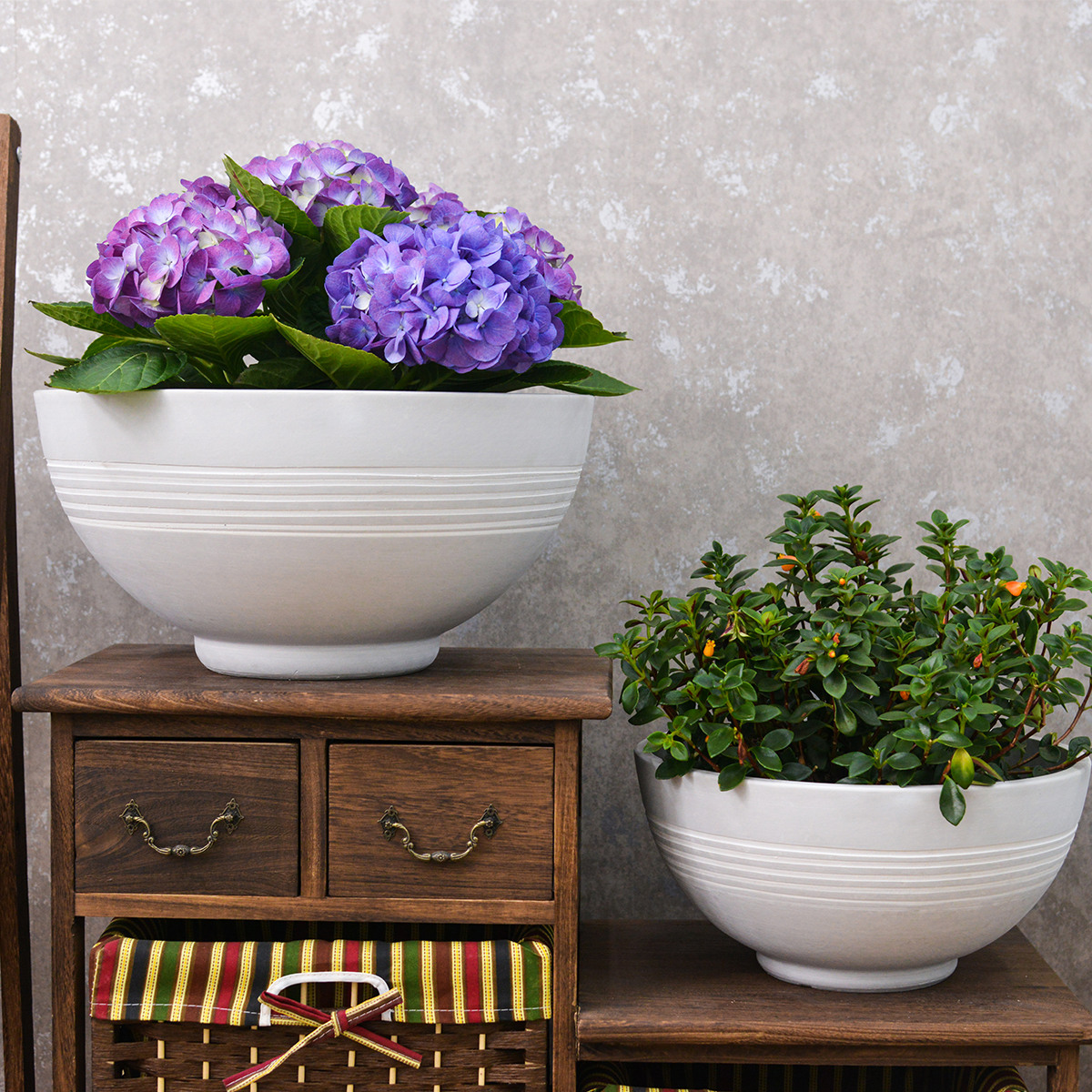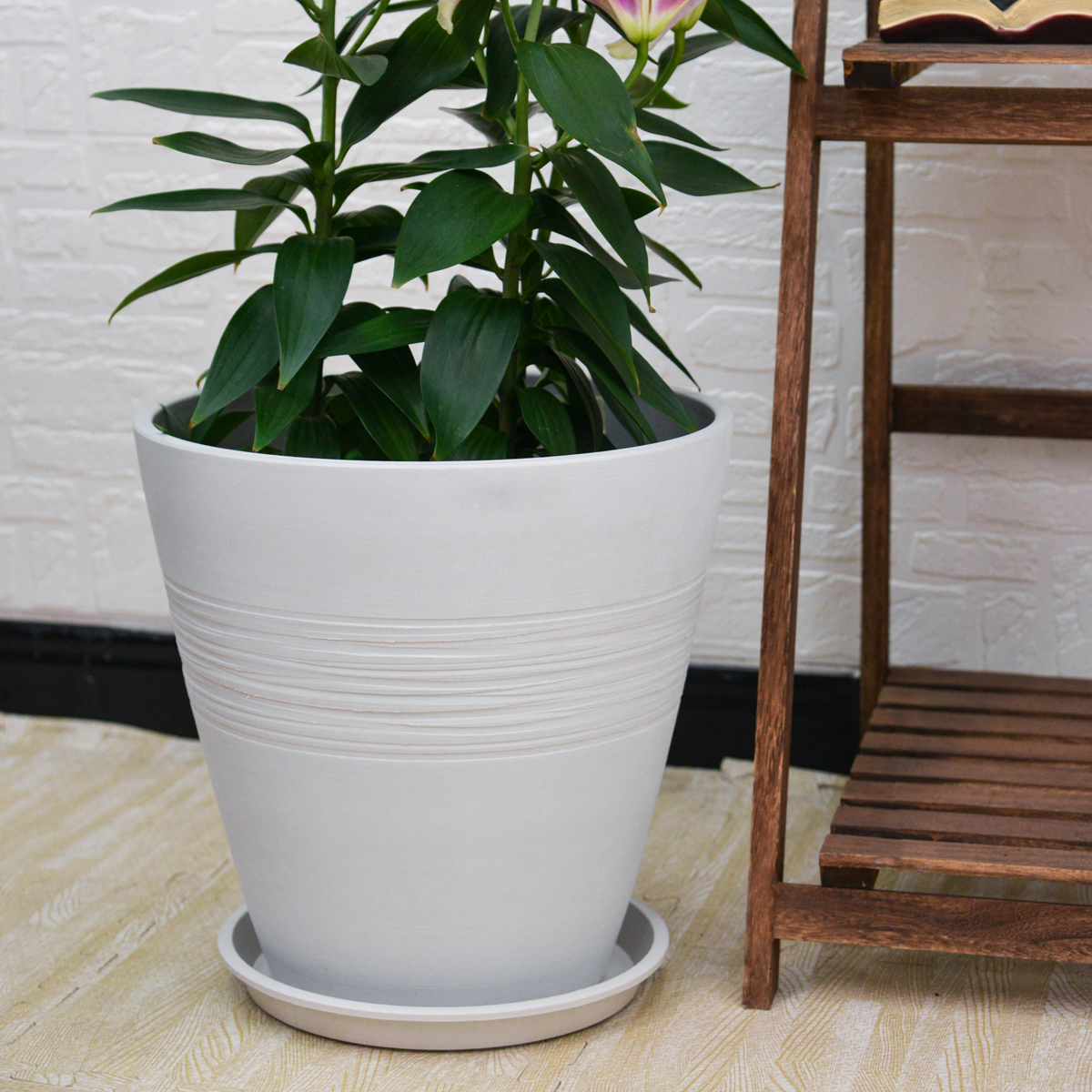Unlock the Flavor & Power of Basil: Grow Your Own Lush Basil at Home – The Ultimate Guide!
Imagine stepping into your kitchen and snipping fresh, fragrant basil leaves to elevate your dishes from ordinary to extraordinary. Whether you’re a seasoned gardener or a complete beginner, growing basil at home is easier than you think! This beloved herb, prized for its aromatic leaves and culinary versatility, is not only a delight to grow but also offers a wealth of health benefits and endless kitchen possibilities.
This article will be your ultimate guide to unlocking the flavor and power of basil. We’ll walk you through everything you need to know, from choosing the right basil variety and planting techniques to expert tips for abundant harvests and using your homegrown basil. Get ready to enjoy the freshest, most flavorful basil imaginable, straight from your own home garden!
The Basil Bounty: Why Grow Your Own?
Beyond its irresistible aroma and culinary appeal, growing your own basil offers a multitude of advantages:
- Unmatched Freshness & Flavor: Homegrown basil boasts an intense aroma and flavor that far surpasses store-bought, often wilted, bunches. Freshly snipped basil leaves are bursting with essential oils, adding a vibrant zest to your cooking.
- Endless Culinary Versatility: Basil is a kitchen staple, enhancing countless dishes from around the world. From classic pesto and Italian pasta sauces to vibrant Thai curries and refreshing Vietnamese spring rolls, homegrown basil opens up a world of culinary possibilities.
- Cost-Effective Herb Garden: Growing your own basil is significantly more economical than constantly buying fresh basil from the grocery store. A single basil plant can provide you with a continuous supply of leaves throughout the growing season.
- Easy and Rewarding Gardening: Basil is a relatively fast-growing and low-maintenance herb, making it perfect for beginner gardeners and seasoned pros alike. Watching your basil plant flourish and harvesting its fragrant leaves is incredibly rewarding.
- Health Benefits Galore: Basil is not just flavorful; it’s also packed with nutrients and antioxidants. It’s a good source of Vitamin K, Vitamin A, and manganese, and possesses anti-inflammatory and antibacterial properties.
- Beautiful Garden Addition: Basil plants, with their lush green foliage and delightful fragrance, add beauty and charm to any garden, balcony, or windowsill.
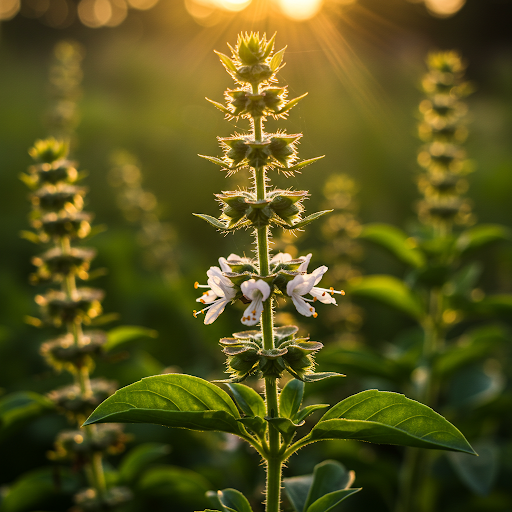
Basil Varieties to Explore: A World of Flavors
While Sweet Basil is the most common type, the world of basil is surprisingly diverse, offering a range of flavors, aromas, and appearances to explore. Consider these popular varieties for your garden:
- Sweet Basil: The classic Italian basil, known for its traditional, slightly sweet, and peppery flavor. Essential for pesto, tomato sauces, and Italian dishes. ‘Genovese’ and ‘Italian Large Leaf’ are popular Sweet Basil cultivars.
- Genovese Basil: A specific type of Sweet Basil, often considered the true pesto basil. It has large, slightly cupped leaves and an intensely aromatic, classic basil flavor.
- Thai Basil: Distinct licorice-anise flavor with a hint of spice. Essential in Thai and Southeast Asian cuisines, perfect for curries, stir-fries, and soups. ‘Siam Queen’ and ‘Horapha’ are popular Thai Basil varieties.
- Lemon Basil: Bright, citrusy lemon aroma and flavor. Wonderful in salads, fish dishes, and teas. ‘Mrs. Burns Lemon’ and ‘Sweet Dani’ are popular Lemon Basil cultivars.
- Lime Basil: Zesty lime aroma and flavor. Delicious in salsas, cocktails, and Southeast Asian dishes. ‘Mrs. Burns Lime’ and ‘Lime’ are popular Lime Basil cultivars.
- Purple Basil: Beautiful deep purple foliage with a slightly milder, clove-like flavor compared to Sweet Basil. Adds visual appeal to salads and dishes, and makes a striking purple pesto. ‘Purple Ruffles’ and ‘Opal Basil’ are popular Purple Basil varieties.
- Cinnamon Basil: Warm, spicy cinnamon aroma and flavor. Excellent in teas, desserts, and savory dishes with a hint of sweetness. ‘Cinnamon’ and ‘Dolce Vita’ are popular Cinnamon Basil cultivars.
Growing Basil at Home: Step-by-Step Guide to Success
Growing basil is a rewarding and straightforward process. Follow these steps to cultivate your own thriving basil patch:
Starting from Seed vs. Seedlings:
- Seeds: Basil is easily started from seed indoors 6-8 weeks before the last expected frost, or directly sown outdoors after the danger of frost has passed and the soil has warmed up. Starting from seed offers more variety choices and is generally more economical.
- Seedlings: Buying basil seedlings from a nursery or garden center is a quicker way to get started. Choose healthy seedlings with vibrant green leaves and avoid plants that are root-bound or leggy.
Optimal Planting Time:
- Spring/Early Summer: Basil is a warm-weather herb and thrives in temperatures between 60-80°F (15-27°C). Plant basil outdoors in spring or early summer after the last frost when the soil has warmed to at least 50°F (10°C).
Choosing the Right Location:
- Sunlight: Basil loves sunshine! Plant basil in a location that receives at least 6-8 hours of direct sunlight per day. More sun generally means more flavorful basil.
- Well-Drained Soil: Basil needs well-drained soil to prevent root rot. Amend heavy clay soil with compost or other organic matter to improve drainage.
- Protection from Wind: While basil loves sun, it prefers to be sheltered from strong winds, which can damage its delicate leaves.
Planting Basil in the Ground:
- Soil Preparation: Amend your garden soil with compost or well-rotted manure to improve fertility and drainage.
- Spacing: Space basil plants 12-18 inches apart to allow for good air circulation and growth.
- Planting Depth: Plant seedlings at the same depth they were in their nursery pots. If sowing seeds directly, sow them ¼ inch deep.
- Watering After Planting: Water thoroughly after planting to settle the soil around the roots.
Planting Basil in Pots:
- Pot Size: Choose pots that are at least 6-8 inches deep and wide to accommodate basil’s root system. Ensure pots have drainage holes.
- Potting Mix: Use a high-quality potting mix formulated for containers. You can also amend regular potting mix with perlite or vermiculite to improve drainage.
- Planting: Plant seedlings or sow seeds in pots similarly to planting in the ground.
- Portability: Container basil is easily portable, allowing you to move plants to follow the sun or protect them from unexpected frost.
Basil Care Essentials: Nurturing Your Basil Plants
Basil is relatively low-maintenance but thrives with consistent care. Here are key care tips:
Watering:
- Consistent Moisture: Basil likes consistently moist soil but not soggy. Water deeply when the top inch of soil feels dry to the touch.
- Watering Frequency: Watering frequency will vary depending on weather, pot size, and basil variety. Check the soil moisture regularly and water as needed. Generally, water every 1-2 days in warm weather, and less frequently in cooler weather.
- Water at the Base: Water basil at the base of the plant, avoiding wetting the leaves as much as possible, to help prevent fungal diseases.
- Morning Watering: Water in the morning, if possible, to allow leaves to dry before evening.
Sunlight:
- Full Sun is Key: Ensure basil receives at least 6-8 hours of direct sunlight daily for optimal growth and flavor.
Fertilizing:
- Light Feeder: Basil is not a heavy feeder. However, regular light fertilization can encourage lush growth and prevent nutrient deficiencies.
- Balanced Fertilizer: Use a balanced liquid fertilizer (e.g., 10-10-10) diluted to half strength, every 2-4 weeks during the growing season.
- Organic Options: Compost tea, fish emulsion, or other organic fertilizers are excellent choices for feeding basil naturally.
Pinching and Pruning for Bushier Growth:
- Pinch Back Tips: When basil plants are about 6 inches tall, begin pinching back the tips of the main stem and side branches. This encourages the plant to branch out and become bushier, rather than tall and leggy.
- Regular Harvesting = Pruning: Regular harvesting of basil leaves acts as pruning and encourages continuous new growth.
Preventing Basil from Flowering (Bolting):
- Pinch Off Flower Buds: Once basil plants begin to flower (bolt), leaf production slows down and the flavor can become slightly bitter. Pinch off flower buds as soon as you see them to encourage continued leaf production and maintain flavor.
- Harvest Regularly: Regular harvesting also helps delay bolting.
Pest and Disease Control:
- Generally Pest-Resistant: Basil is relatively pest-resistant.
- Common Pests: Aphids, spider mites, and slugs can occasionally affect basil. Monitor plants regularly and treat infestations promptly with insecticidal soap, neem oil, or hand-picking.
- Fungal Diseases: Fungal diseases like powdery mildew or downy mildew can occur in humid conditions or with overcrowding. Ensure good air circulation, avoid overhead watering late in the day, and space plants adequately. Use organic fungicides if needed.
Harvesting Basil: Maximize Flavor and Yield
Harvesting basil correctly is crucial for both maximizing flavor and encouraging continuous production:
When to Harvest:
- Start Harvesting Early: You can begin harvesting basil leaves as soon as the plant has several sets of true leaves and is about 6-8 inches tall.
- Regular Harvesting Encourages Growth: Frequent harvesting encourages the plant to produce more leaves, resulting in a bushier and more productive plant.
- Morning Harvest is Best: Harvest basil in the morning, after the dew has dried, when the essential oils are most concentrated in the leaves for maximum flavor.
How to Harvest:
- Pinch or Snip: Use your fingers or sharp to pinch or snip off leaves or stems just above a leaf node (where leaves grow from the stem). This encourages branching from that node.
- Harvest from the Top Down: Start harvesting from the top of the plant, working your way down.
- Don’t Remove More Than 1/3 at a Time: Avoid removing more than 1/3 of the plant’s leaves at any one time to prevent stressing the plant.
- Harvest Flower Buds: Pinch off flower buds as soon as they appear unless you want to collect seeds.
Storing Fresh Basil:
- Short-Term Storage (Countertop): For short-term use (a few days), place basil stems in a glass of water like cut flowers, and store at room temperature, out of direct sunlight. Change the water daily.
- Refrigerator Storage (Short-Term): Wrap basil leaves loosely in a slightly damp paper towel and store in a plastic bag or container in the refrigerator crisper drawer for a few days. Basil may darken slightly in the refrigerator.
- Freezing Basil (Long-Term): For long-term storage, basil can be frozen. Chop basil leaves and freeze them in ice cube trays with water or olive oil. Alternatively, blanch basil leaves briefly in boiling water, then freeze flat on a baking sheet before transferring to a freezer bag. Frozen basil is best used in cooked dishes.
- Drying Basil (Flavor Loss): Drying basil is possible, but it significantly reduces its flavor and aroma compared to fresh or frozen basil. If drying, hang stems upside down in a cool, dark, and well-ventilated place until completely dry.
Culinary Uses for Homegrown Basil: From Pesto to Pizza & Beyond
Homegrown basil is a culinary treasure trove! Here are just a few ideas to inspire your kitchen creations:
- Classic Pesto: The quintessential basil sauce! Blend fresh basil with pine nuts, garlic, Parmesan cheese, olive oil, and salt for a vibrant pesto to toss with pasta, spread on sandwiches, or dollop on pizza.
- Italian Sauces: Add fresh basil to tomato sauces, marinara sauce, and pasta sauces for authentic Italian flavor.
- Salads: Fresh basil leaves elevate salads of all kinds. Pair it with tomatoes and mozzarella for a Caprese salad, add it to fruit salads, or toss chopped basil into green salads.
- Soups: Basil brightens up soups, from minestrone and tomato soup to chilled gazpacho.
- Pizza and Flatbreads: Sprinkle fresh basil leaves over pizzas, flatbreads, and focaccia after baking.
- Grilled Dishes: Use basil as a flavorful marinade for grilled chicken, fish, or vegetables. Stuff basil leaves under the skin of chicken before roasting or grilling.
- Asian Cuisine: Thai basil and Holy basil are essential in Thai and Southeast Asian cooking. Use them in curries, stir-fries, spring rolls, and noodle dishes.
- Basil-Infused Oils and Vinegars: Infuse olive oil or vinegar with fresh basil leaves to create flavorful pantry staples.
- Basil Tea and Drinks: Lemon basil, lime basil, and cinnamon basil make delicious and refreshing herbal teas and infused water. Add basil to cocktails for an herbaceous twist.
- Basil Butter: Mix chopped basil with softened butter, garlic, and lemon zest for a flavorful compound butter to top grilled meats, vegetables, or bread.

Conclusion: Embrace the Abundance of Homegrown Basil!
Growing basil at home is a truly rewarding experience. With its ease of cultivation, incredible flavor, and versatile uses, basil is a must-have herb for any home gardener and cook. By following this guide, you’ll be well on your way to harvesting your own lush, fragrant basil and unlocking a world of culinary delights. So, start planting, nurturing, and harvesting your basil today – your taste buds (and your garden) will thank you!
13 inch Planter for Indoor Plants, Set of 2 Modern Decorative Plant Pots with Drainage Hole, Cute Bowl Shape Flower Pots
By greenship-seo|2025-04-10T07:41:46+00:00January 10, 2025|Categories: Hand-carving Series|Tags: Decorative Flower Pots, Self-Watering Pots|
20T
By greenship|2024-08-13T06:42:22+00:00August 13, 2024|Categories: Hand-carving Series|
KC2-21G
By greenship|2024-08-13T06:19:08+00:00August 13, 2024|Categories: Hand-carving Series|
KC2-11V
By greenship|2024-08-16T05:39:50+00:00August 16, 2024|Categories: Hand-carving Series|
KC3-09k
By greenship|2024-08-16T06:24:36+00:00August 16, 2024|Categories: Hand-carving Series|
KC2-GS
By greenship|2024-08-16T06:30:21+00:00August 16, 2024|Categories: Hand-carving Series|

